The axle is a crucial component of any vehicle, playing a vital role in the car’s overall performance. It connects the wheels to the vehicle’s body, allowing for proper steering, handling, and stability. Given the importance of the axle, regular maintenance is essential to ensure its longevity and functionality. In this article, we will provide a comprehensive guide to maintaining your car axle for long-lasting durability.
Understanding the Anatomy of Car Axles
Different Types of Axles
Before diving into maintenance, it’s essential to understand the types of axles found in vehicles. There are two main types: live axles and dead axles. Live axles are connected to the wheels and are responsible for transmitting power from the engine, allowing for movement. Dead axles, on the other hand, do not transmit power; instead, they support the vehicle’s weight and help maintain stability. Most modern vehicles use live axles in their design for better performance and handling.
Components of a Car Axle
The axle comprises several key components that work together to ensure smooth operation. These include the axle housing, which encases the axle shaft, and the differential, which helps distribute power to the wheels. Additionally, wheel bearings play a critical role in ensuring that the axle spins freely and efficiently. Each of these components needs to be maintained properly for optimal performance.
The Role of Axles in Vehicle Performance
The role of axles in vehicle performance cannot be overstated. They are responsible for transmitting power from the engine to the wheels, allowing the vehicle to move. Furthermore, axles support the weight of the vehicle and help maintain its alignment. A well-functioning axle ensures improved handling, stability, and overall safety while driving.
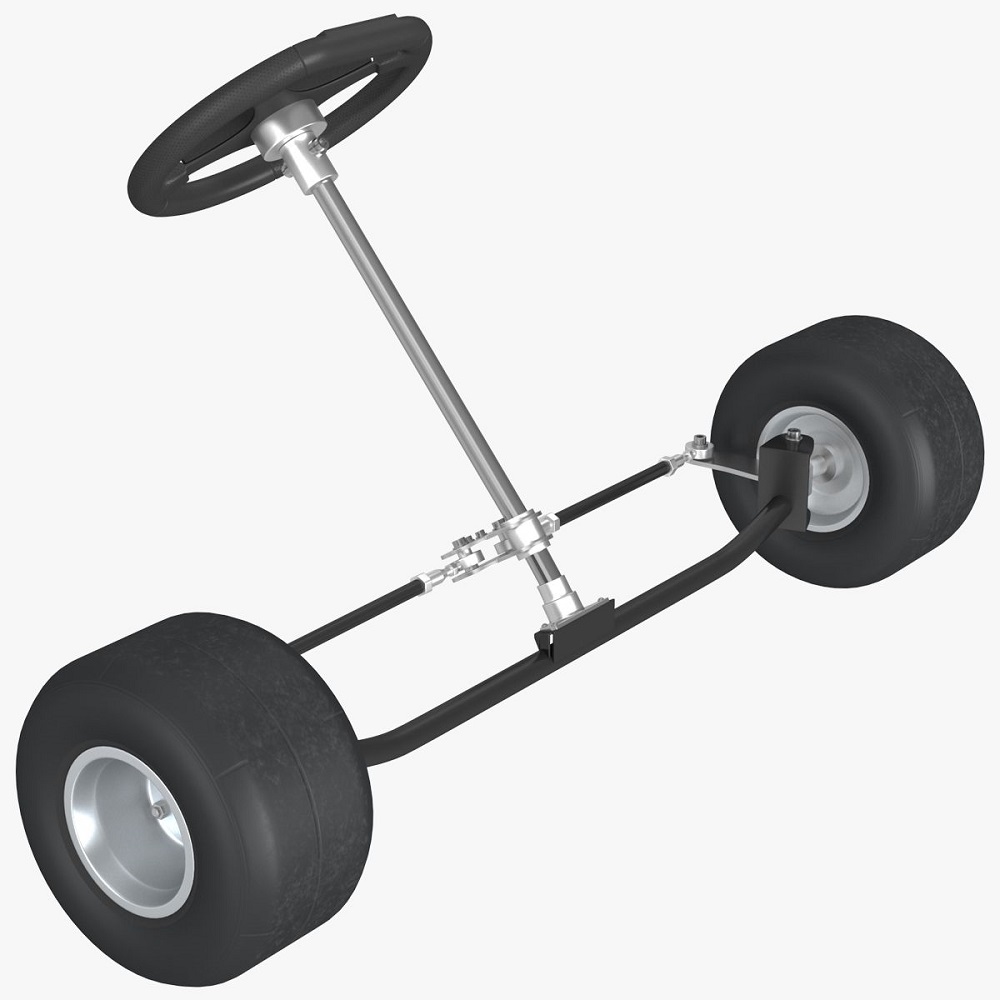
Signs of Axle Problems
Unusual Noises
One of the first indicators of axle problems is unusual noises during driving. If you hear grinding, clicking, or clunking sounds when turning or accelerating, it may signal an issue with the axle or its components. These sounds often indicate that something is wrong with the axle bearings or the differential, requiring immediate attention.
Vibrations While Driving
Another sign of potential axle problems is increased vibrations while driving. If you notice that your vehicle shakes or vibrates excessively, especially at higher speeds, the axle may be misaligned or damaged. This issue can lead to further complications if not addressed promptly. It impacts not only ride comfort but also overall safety.
Uneven Tire Wear
Uneven tire wear can also indicate axle issues. If the axle is misaligned, it can cause one tire to wear faster than the other. Regularly inspecting your tires for uneven wear patterns allows you to identify potential problems before they escalate. If you notice any unevenness, it’s crucial to have the alignment checked and adjusted as necessary.
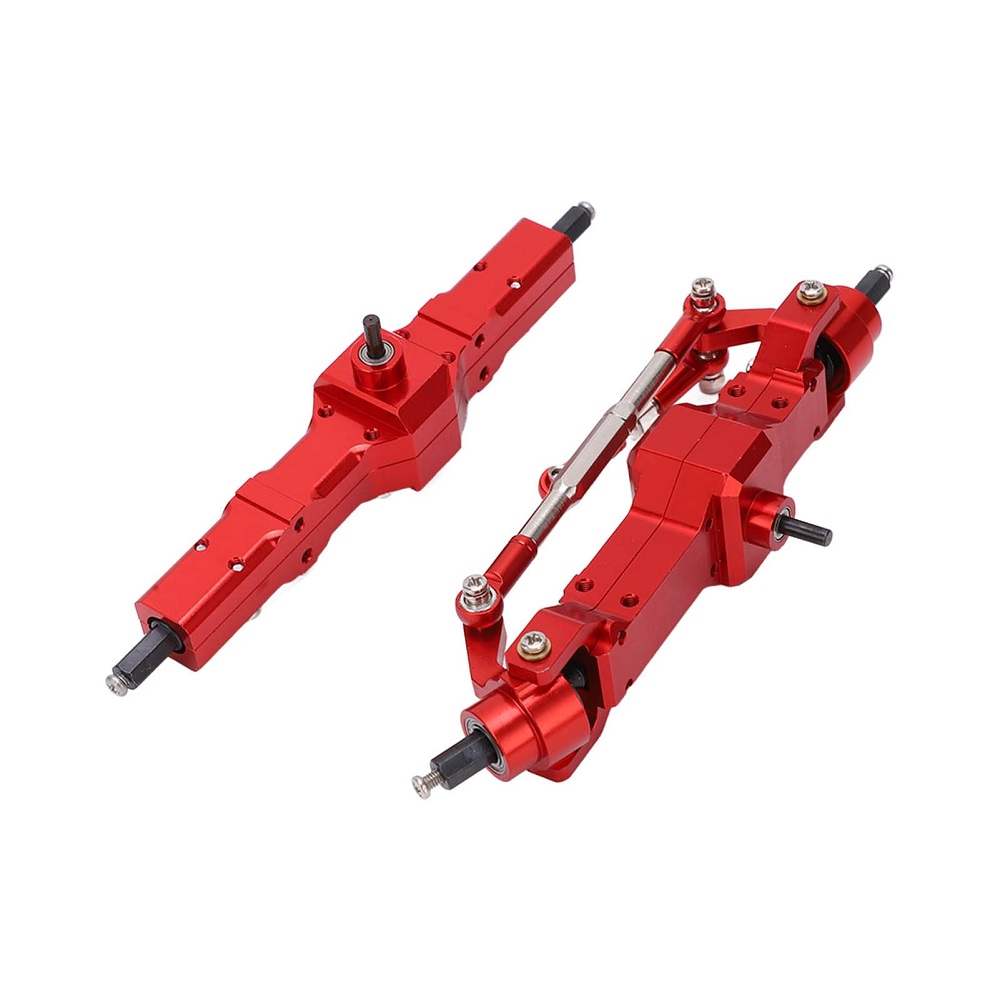
Regular Maintenance for Longevity
Routine Inspections
One of the most effective ways to ensure the longevity of your car axle is through routine inspections. Check for any signs of wear or damage, including cracks in the axle housing or leaking fluids. This proactive approach can prevent minor issues from developing into significant problems. Regular check-ups can be done at home or during your routine oil changes.
Lubrication of Components
Proper lubrication of axle components is crucial for preventing friction and wear. Over time, grease can break down or become contaminated, leading to reduced effectiveness. Regularly lubricate the wheel bearings and other moving parts with high-quality grease. This maintenance ensures safe and smooth operation while prolonging the lifespan of your axle.
Alignment Checks
Regular wheel alignment checks are essential for maintaining your axle’s health. Misaligned wheels can place undue stress on your axle, leading to premature wear and tear. Professional alignment services can help ensure that your vehicle’s wheels are correctly aligned for optimal performance. Many mechanics recommend checking alignment every 6,000 miles or during routine service.
Proper Driving Habits
Avoiding Overloading
One of the simplest ways to maintain your axle is by avoiding overloading your vehicle. Excess weight can put significant stress on the axle and its components, leading to damage over time. Always adhere to the manufacturer’s recommended weight limits. Be mindful of what you carry in your vehicle, especially when loading heavy items.
Smooth Driving Techniques
Adopting smooth driving techniques helps minimize stress on the axle. Avoid sudden accelerations, hard braking, and aggressive turns, as these actions can increase wear and tear. Instead, accelerate gradually and maintain a steady speed whenever possible. Practicing safe driving habits contributes not only to the axle’s longevity but also to your safety on the road.
Careful Maneuvering
Being cautious while driving, especially in tight spots or while making sharp turns, is essential. Improper maneuvering can lead to excessive strain on the axle. Take your time in crowded or crowded areas, ensuring you navigate carefully without forcing the axle. This habit will help protect the axle and support your overall vehicle health.
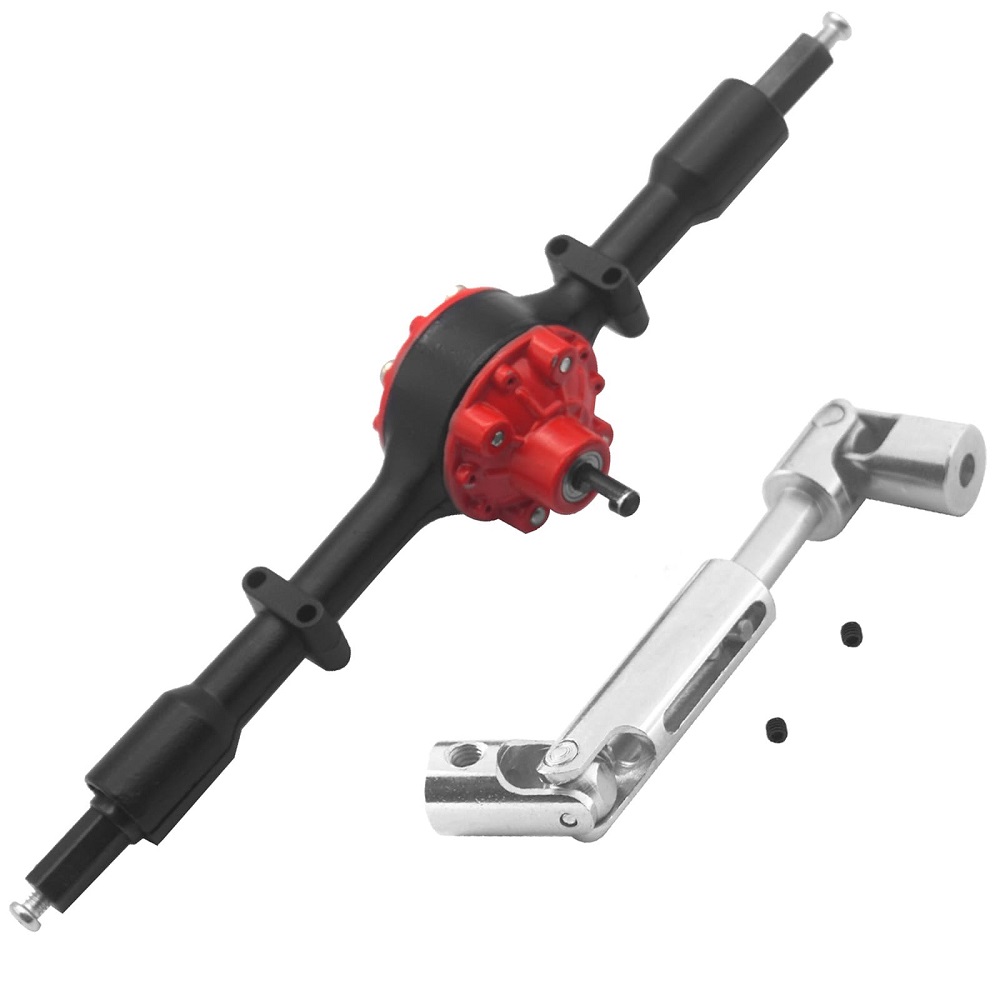
Professional Maintenance Services
When to Seek Professional Help
While regular inspections and basic maintenance can be performed at home, there are times when professional help is necessary. If you notice any unusual noises, vibrations, or tire wear, it’s essential to consult a mechanic. They can conduct a thorough assessment and diagnose any potential axle-related issues. Do not hesitate to seek help if you feel unsure about the health of your vehicle.
Understanding Repair Options
When professional help is required, it’s essential to understand the repair options available. Depending on the issue, the mechanic may recommend repairs or replacement. Minor issues such as loose bolts or bearings can often be repaired without significant expense. However, if the axle shaft is damaged, it may need to be replaced fully. Understanding the options gives you an overview of potential costs and decisions.
Regular Maintenance Schedule
Creating a regular maintenance schedule for your vehicle, including the axle, can help ensure its longevity. Work with a trusted mechanic to set up a plan that fits your driving habits and needs. Basing maintenance on mileage or specific timeframes can significantly extend the life of the axle and overall vehicle performance.
Storage and Care
Protecting the Axle During Storage
If you need to store your vehicle for an extended period, proper storage is critical for maintaining the axle’s health. Consider putting the vehicle in a dry garage to protect it from the elements. Additionally, raising the vehicle on jack stands can relieve some pressure on the axle and tires. By taking protective measures during storage, you can help preserve the integrity of the axle.
Cleaning and Preventative Care
Regular cleaning of the vehicle’s undercarriage can remove dirt and grime that might cause rust or damage to the axle. Pay special attention to the areas around the axle and suspension components. Using a pressure washer in the spring can remove winter salt and debris to keep those areas clean. This preventative care helps maintain the lifespan and performance of the axle.
Understanding the Environment
If you live in an area with extreme weather or harsh road conditions, take additional care of your axle. Road salt and debris can expedite wear on axle components. Regularly inspect the axle and connected parts after harsh weather conditions. A keen awareness of your environment can prompt you to take specific actions, ensuring your vehicle remains in top condition.
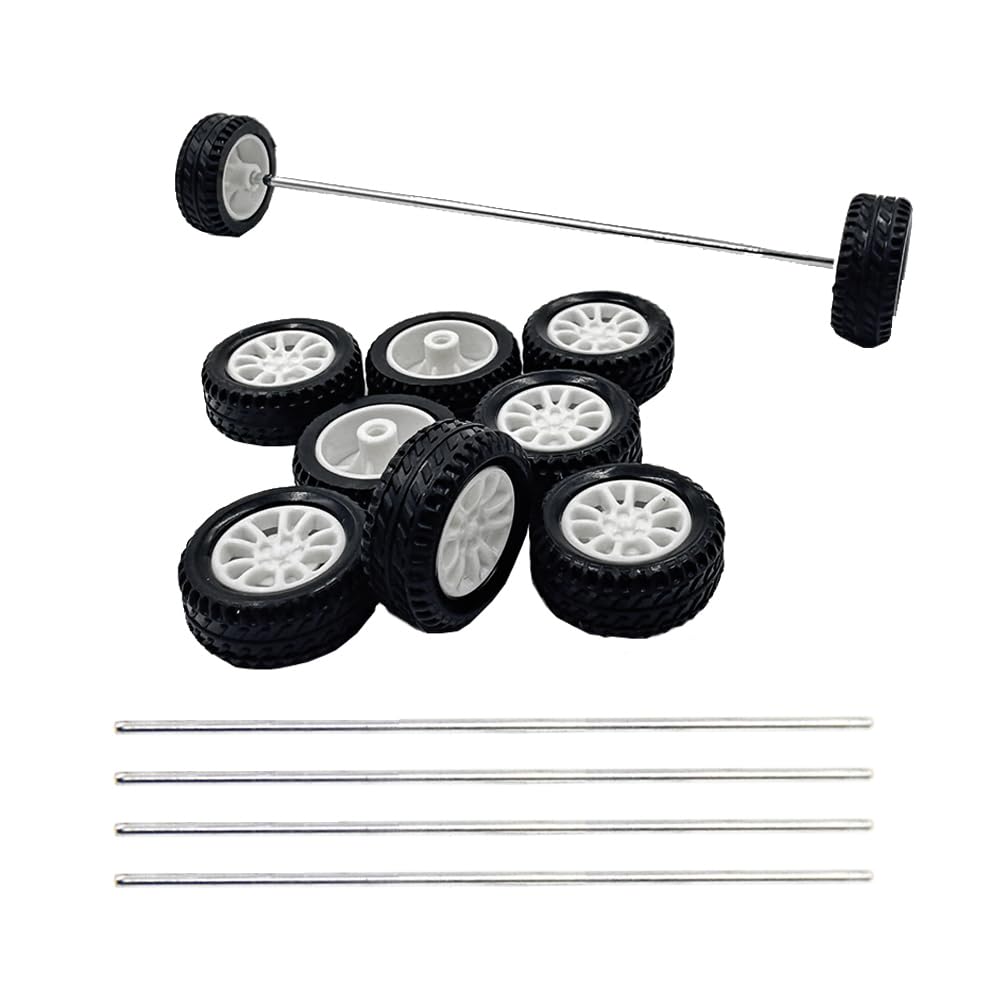
Choosing the Right Axle Parts
Quality Matters
Always prioritize quality when replacing axle components. Choose OEM (Original Equipment Manufacturer) parts whenever possible, as they are specifically designed for your vehicle model.While aftermarket parts may be cheaper, they can lack the quality assurance that OEM parts provide.
Compatibility with Your Vehicle
Always ensure that any axle parts you purchase are compatible with your vehicle make and model. Consult with a mechanic or reference your vehicle’s manual for specifications. Using compatible parts prevents future issues and ensures that your vehicle operates smoothly. Compromised compatibility can lead to greater repair needs down the line.
Professional Installation
When replacing axle components, consider having them professionally installed. Experienced mechanics can ensure proper alignment and fit, reducing the risk of future problems. While opting for DIY installation may seem tempting, the nuances involved with axle systems require expertise. Investing in professional help ensures a job well done.
FAQ:
1. What is a car axle and what does it do?
Answer: A car axle is a critical component of a vehicle’s drivetrain that connects the wheels to the engine and allows them to rotate. It supports the weight of the vehicle, transfers torque from the engine to the wheels, and helps maintain stability and control while driving. There are different types of axles, including front, rear, and compound axles, depending on vehicle design.
2. How do I know if my car axle needs maintenance?
Answer: Signs that your car axle may need maintenance or repair include:
- Unusual noises: Grinding, clunking, or popping sounds during turns or acceleration.
- Vibration: Noticeable vibrations in the steering wheel or floor can indicate axle problems.
- Difficulty steering: If the vehicle pulls to one side or handling feels off, it may indicate axle issues.
- Fluid leaks: Check for oil or grease leaks near the axle joints or seals.
3. What maintenance is required for car axles?
Answer: Proper maintenance for car axles includes:
- Regular inspections: Check the axle and related components for signs of wear, damage, or leaks.
- Lubrication: Ensure that axle seals are in good condition and that the axle joints (such as CV joints) are properly lubricated.
- Alignment checks: Regularly inspect and align your vehicle to prevent premature wear on axles and tires.
- Replace worn parts: Address any signs of wear, such as damaged boots or joint deterioration, promptly to prevent further damage.
4. What causes axle failure, and how can I prevent it?
Answer: Axle failure can be caused by various factors, including:
- Excessive wear: Poor maintenance or neglect can lead to worn bearings, joints, or seals.
- Overloading: Carrying loads beyond the vehicle’s capacity can stress the axle and lead to failure.
- Impact damage: Hitting potholes or curbs can damage the axle or its components.
To prevent failure, ensure regular maintenance, avoid overloading, and drive cautiously to minimize impact damage.
5. How much does it cost to repair or replace a car axle?
Answer: The cost to repair or replace a car axle can vary significantly based on the vehicle make and model, the severity of the problem, and labor costs. On average, repairing a damaged axle can range from 300to800, while a complete axle replacement can cost between 1,000and2,500 or more. It’s advisable to get quotes from several mechanics to find the best price for your specific situation.
Conclusion: Ensuring Longevity for Your Axle
In conclusion, proper maintenance of your car axle is vital for ensuring its longevity and functionality. By understanding the importance of the axle, recognizing potential issues, and implementing regular maintenance practices, you can keep your vehicle in optimal condition.
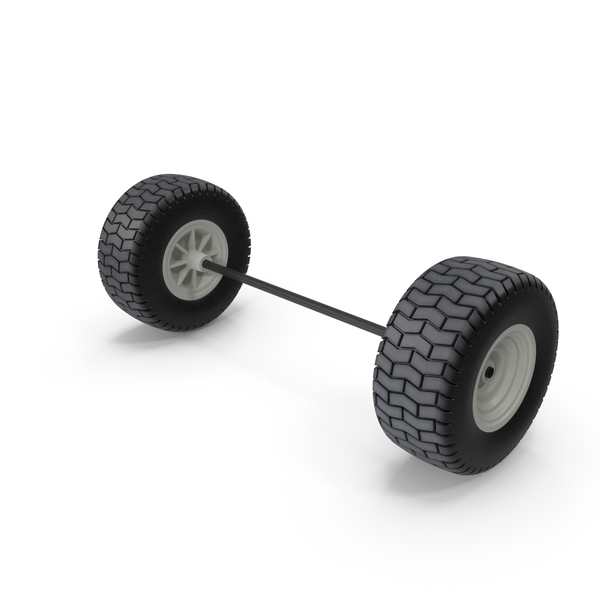
Prioritize Regular Inspections
Make it a habit to inspect your axle and its components regularly. Pay attention to signs of wear and tear, and don’t hesitate to address any concerns promptly. Early detection can save you both time and money in the long run.
Embrace the Importance of Quality
Remember, quality matters when it comes to parts and repairs. Invest in your vehicle by selecting high-quality components and working with experienced professionals. This dedication to quality maintenance will enhance the performance and safety of your vehicle.
Drive with Confidence
Ultimately, maintaining your car axle allows you to drive with confidence, knowing that your vehicle is performing at its best and is well cared for. By recognizing signs of a damaged car axle early and following the maintenance tips outlined in this guide, you can extend the lifespan of your axle, ensuring a smooth and stable ride for years to come. Enjoy the road ahead and always prioritize your vehicle’s health!
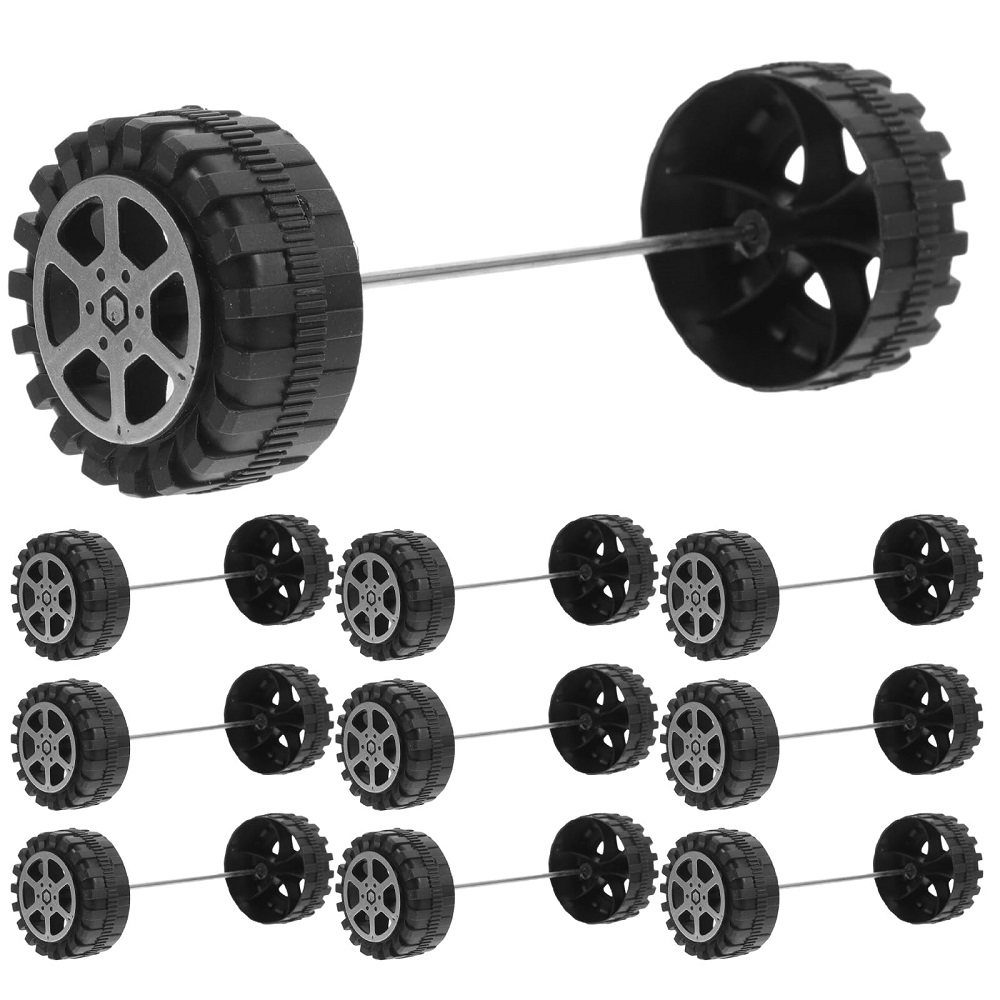
Leave a Reply